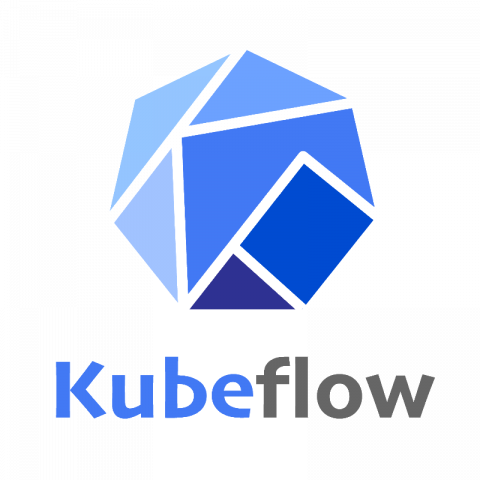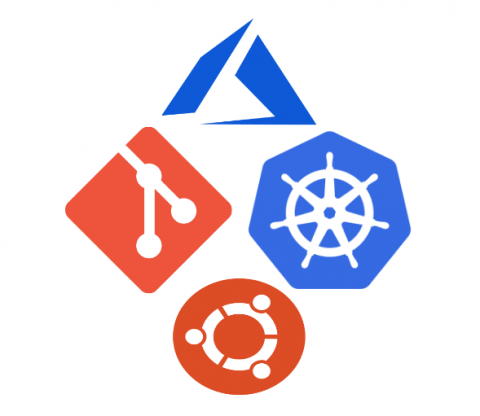Calico Egress Gateway: Universal Firewall Integration for Kubernetes
New applications and workloads are constantly being added to Kubernetes clusters. Those same apps need to securely communicate with resources outside the cluster behind a firewall or other control point. Firewalls require a consistent IP, but routable IPs are a limited resource that can be quickly depleted if applied to every service.











